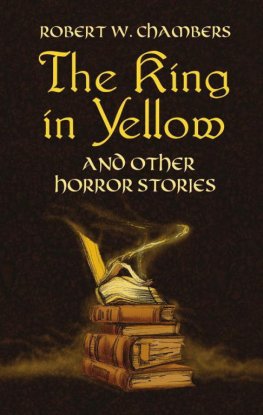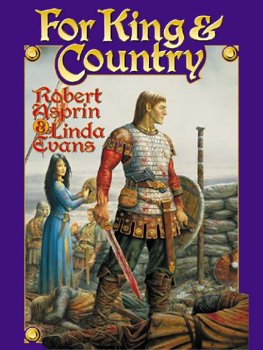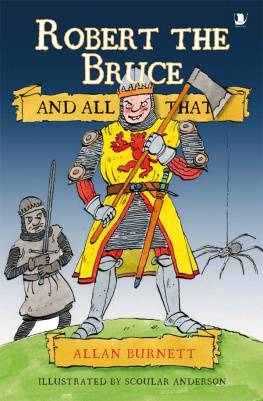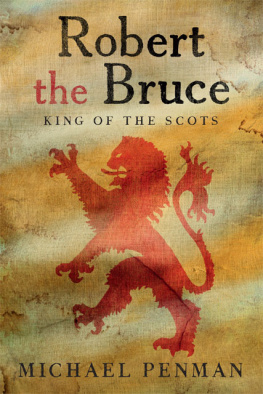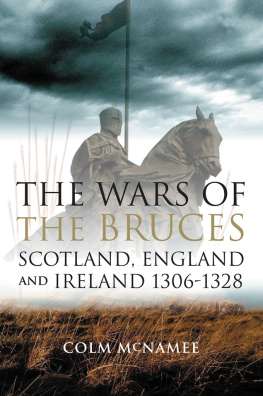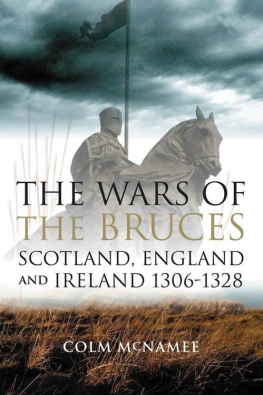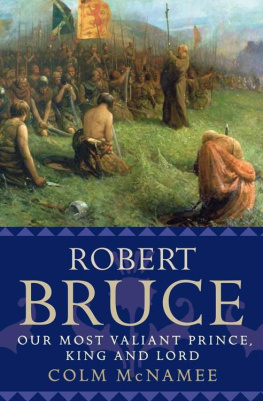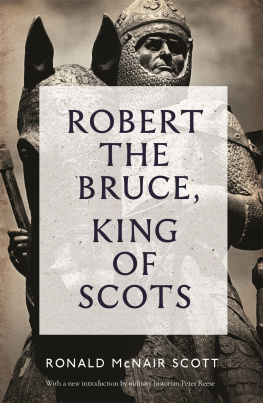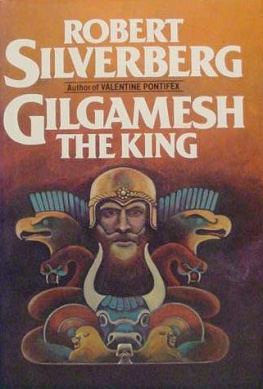KING ROBERT THE BRUCE
* * *
A. F. MURISON
*
King Robert the Bruce
First published in 1899
ISBN 978-1-63421-535-0
Duke Classics
2015 Duke Classics and its licensors. All rights reserved.
While every effort has been used to ensure the accuracy and reliability of the information contained in this edition, Duke Classics does not assume liability or responsibility for any errors or omissions in this book. Duke Classics does not accept responsibility for loss suffered as a result of reliance upon the accuracy or currency of information contained in this book.
Contents
*
Almae Matri Vniversitati Aberdonensi
*
"O, ne'er shall the fame of the patriot decay
De Bruce! in thy name still our country rejoices;
It thrills Scottish heart-strings, it swells Scottish voices,
As it did when the Bannock ran red from the fray.
Thine ashes in darkness and silence may lie;
But ne'er, mighty hero, while earth hath its motion,
While rises the day-star, or rolls forth the ocean,
Can thy deeds be eclipsed or their memory die:
They stand thy proud monument, sculptur'd sublime
By the chisel of Fame on the Tablet of Time."
Preface
*
The present volume on King Robert the Bruce is the historicalcomplement to the former volume on Sir William Wallace. Together theyoutline, from the standpoint of the leading spirits, the prolonged andsuccessful struggle of the Scots against the unprovoked aggression ofEdward I. and Edward II.the most memorable episode in the history ofScotland.
As in the story of Wallace, so in the story of Bruce, the narrativeis based on the primary authorities. Happily State records andofficial papers supply much trustworthy material, which furnishesalso an invaluable test of the accuracy of the numerous and waywardrace of chroniclers. Barbour's poem, with all its errors of factand deflections of judgment, is eminently usefulin spite of theindulgence of historical criticism.
There is no space here to set forth the long list of sources, or toattempt a formal estimate of their comparative value. Some of themappear incidentally in the text, though only where it seems absolutelynecessary to name them. The expert knows them; the general reader willnot miss them. Nor is there room for more than occasional argument oncontroverted points; it has very frequently been necessary to signifydisapproval by mere silence. The writer, declining the guidance ofmodern historians, has formed his own conclusions on an independentstudy of the available materials.
After due reduction of the exaggerated pedestal of Patriotism rearedfor Bruce by the indiscriminating, if not time-serving, eulogiesof Barbour and Fordun, and maintained for some five centuries, thefigure of the Hero still remains colossal: he completed the nationaldeliverance.
Chapter I - The Ancestry of Bruce
*
When Sir William Wallace, the sole apparent hope of Scottishindependence, died at the foot of the gallows in Smithfield, and wastorn limb from limb, it seemed that at last 'the accursed nation' wouldquietly submit to the English yoke. The spectacle of the bleachingbones of the heroic Patriot would, it was anticipated, overawe such ofhis countrymen as might yet cherish perverse aspirations after nationalfreedom. It was a delusive anticipation. In fifteen years of arduousdiplomacy and warfare, with an astounding expenditure of blood andtreasure, Edward I. had crushed the leaders and crippled the resourcesof Scotland, but he had inadequately estimated the spirit of thenation. Only six months, and Scotland was again in arms. It is of theirony of fate that the very man destined to bring Edward's calculationsto naught had been his most zealous officer in his last campaign, andhad, in all probability, been present at the trialit may be at theexecutionof Wallace, silently consenting to his death. That man ofdestiny was Sir Robert de Brus, Lord of Annandale and Earl of Carrick.
*
The Bruces came over with the Conqueror. The theory of a Norse originin a follower of Rollo the Ganger, who established himself in thediocese of Coutances in Manche, Normandy, though not improbable, is butvaguely supported. The name is territorial; and the better opinion isinclined to connect it with Brix, between Cherbourg and Valognes.
The first Robert de Brus on record was probably the leader of theBrus contingent in the army of the Conqueror. His services must havebeen conspicuous; he died (about 1094) in possession of some 40,000acres, comprised in forty-three manors in the East and West Ridings ofYorkshire, and fifty-one in the North Riding and in Durham. The chiefmanor was Skelton in Cleveland.
The next Robert de Brus, son of the first, received a grant ofAnnandale from David I., whose companion he had been at the Englishcourt. This fief he renounced, probably in favour of his second son,just before the Battle of the Standard (1138), on the failure of hisattempted mediation between David and the English barons. He died in1141, leaving two sons, Adam and Robert.
This Robert may be regarded as the true founder of the Scottish branch.He is said to have remained with David in the Battle of the Standard,and, whether for this adherence or on some subsequent occasion, he wasestablished in possession of the Annandale fief, which was confirmedto him by a charter of William the Lion (1166). He is said to havereceived from his father the manor of Hert and the lands of Hertness inDurham, 'to supply him with wheat, which did not grow in Annandale.' Hedied after 1189.
The second Robert de Brus of Annandale, son of the preceding lord,married (1183) Isabel, daughter of William the Lion, obtaining as herdowry the manor of Haltwhistle in Tyndale. His widow married Robert deRos in 1191. The uncertainty as to the dates of his father's death andhis own has suggested a doubt whether he ever succeeded to the lordship.
William de Brus, a brother, the next lord, died in 1215.
The third Robert de Brus of Annandale, son of William, founded theclaim of his descendants to the crown by his marriage with Isabel,second daughter of David, Earl of Huntingdon, younger brother ofWilliam the Lion. He died in 1245.
The fourth Robert de Brus of Annandale, eldest son of the precedinglord, was born in 1210. In 1244, he married Isabel, daughter of Gilbertde Clare, Earl of Gloucester. Next year he succeeded to Annandale,and, on his mother's death in 1251, he obtained ten knight's fees inEngland, her share of the Earldom of Huntingdon. He took an activepart in public affairs. In 1249-50 he sat as a Justice of the King'sBench, and in 1268 he became Chief Justice of England, but Edward, onhis accession (1272), did not reappoint him. He served as Sheriff ofCumberland and Governor of Carlisle Castle in 1254-55, and in 1264 hefought for Henry at Lewes, and was taken prisoner.
At the same time, de Brus was a prominent figure in the baronage ofScotland. The alleged arrangement of 1238 whereby Alexander II., withthe consent of the Scots parliament, appointed de Brus his successor inthe event of his dying childless, was frustrated by the King's secondmarriage (1239), and the birth of a son, Alexander III. (1241). As oneof the fifteen Regents (1255) during the minority of Alexander III.,he headed the party that favoured an English alliance, cemented by theyoung King's marriage with Margaret, daughter of Henry III. At theScone convention on February 5, 1283-84, he was one of the Scots lordsthat recognised the right of Margaret of Norway. The sudden death ofAlexander III., however, in March 1285-86, and the helplessness of theinfant Queen, put him on the alert for the chances of his own elevation.


